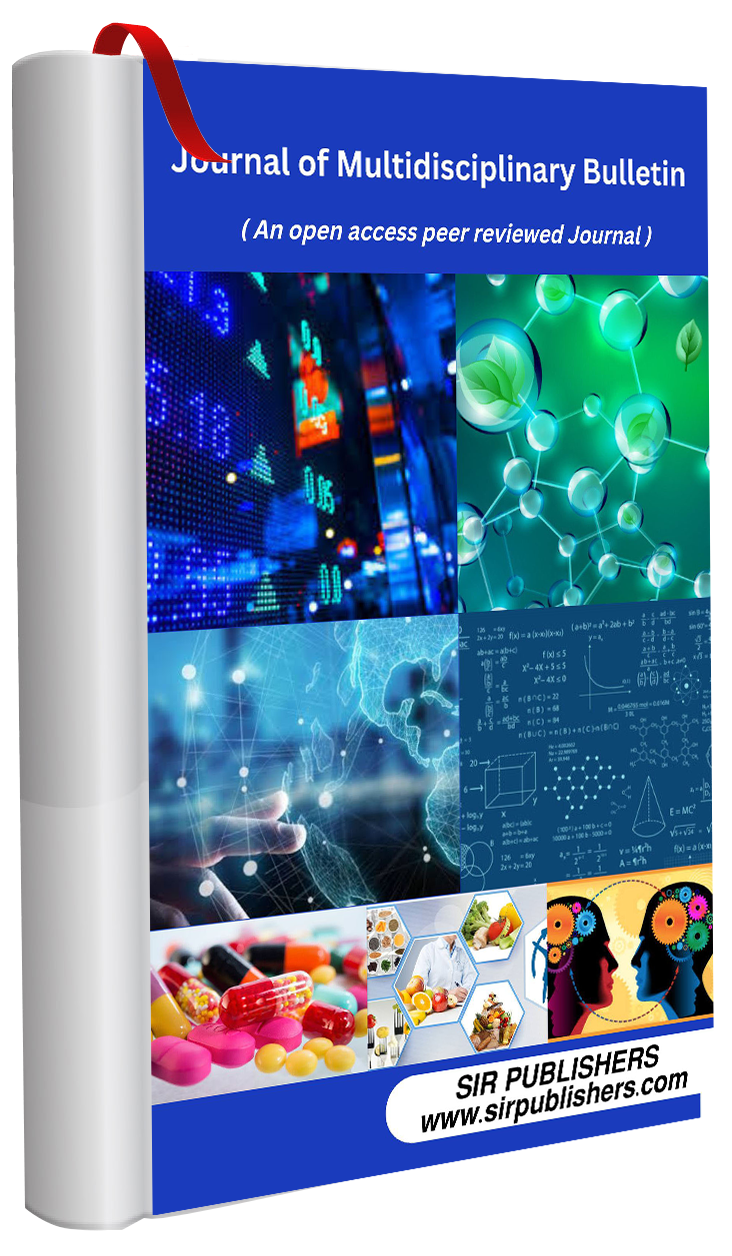POSSIBILITIES OF INTERNET RESOURCES IN TEACHING INGLISH VOCOBULARY
Keywords:
information technologies, modern educational technologies, student-centered approach, communication, interactivity, period, language culture, virtual.Abstract
This article discusses and explores the various methodologies that can be incorporated in the teaching of vocabulary items in a language classroom. Online virtual worlds are becoming important tools in foreign/second language instruction in view of the fact that they enhance learner motivation and promote autonomy.
References
Agaponov, S. V. (2003) Distance learning tools. St. Petersburg: BHV-Petersburg. 336p.
Azimov, E. G. (2001) Internet materials in the English. Language Classroom. Foreign languages at school, 1. 96-101.
Chernikova, T. V. (2005) Guidelines for the development and execution of programs of elective courses. The profile school, 5, 11-16.
Chistyakov, S. L. (2004) Challenges and risks of self-determination of senior students in the selection of a profile of training. Profile school 5-10.
Gerasimov, A. M. &Loginov, I. P. (2001) Innovative approach in the construction of learning. Moscow: 64p.
Gershunsky, B. S. (1987) Computerization of education. Moscow: Pedagogika. 264p.
Ibragimov, G. I. (1995) Educational technology in secondary vocational school. Kazan: ISPO RAO. 31p.
Kaspin, I. V. & Segal, M. M. (2014). New technologies in teaching foreign languages. Moscow: Higher School. 224p.
Polilova, T. A. &Ponomarev, V. V. (2007). The introduction of computer technology in the teaching of foreign languages. Foreign languages at school, 6, 34-38.
Rudenko-Morgun, O. I. (2002) Computer technology as a new form of training RCT. In Traditions and innovations in the professional activity of the teacher of the Russian language as a foreign language, 303-311.
Son, J. B. (2004). Internet-based language instruction: Study book. Toowoomba, Australia: Distance Education Centre, University of Southern Queensland. 47-68 p.
Vladimirova, L. P. (2002). Online foreign language lessons. Foreign languages at school, 3, 33-41.
Yakushina, E. V. (2002) Methods of teaching work with information resources based on the current model of the Internet: PhD Thesis. Moscow: IOSO RAO. 196p.
Yutsyavichene, P. A. (1990) Creation of modular programs. Soviet pedagogy, 2, 28-35.
Zagvyazinsky, V. I. (1982) Methodology and methods of didactic research. Moscow: Pedagogika 83.
Sarvara, G. O. (2023). PRINCIPLES AND FEATURES OF THE COMMUNICATIVE APPROACH IN TEACHING ENGLISH. Innovations in Technology and Science Education, 2(7), 1087-1096.
G’ofurova, S. (2023). TABOBAT VA INSONIYAT UYG’UNLASHUVI DISKURSI. Евразийский журнал академических исследований, 3(1 Part 1), 63-66.
G'OFUROVA, S. M. THE ESSENCE OF THE USE OF INTERACTIVE TECHNOLOGY IN TEACHING A FOREIGN LANGUAGE. АКТУАЛЬНЫЕ НАУЧНЫЕ ИССЛЕДОВАНИЯ В СОВРЕМЕННОМ МИРЕ Учредители: Общественная организация" Институт социальной трансформации", 62-66.
Абдулазизова, С. Г., & Гофурова, С. М. (2018). Problems of teaching reading at schools and the ways of solving them. Молодой ученый, (20), 371-372.
Abakulovna, K. O. (2022). AN APPROACH OF IMPROVING ARCHITECTURE STUDENTS’ENGLISH VOCABULARY. Galaxy International Interdisciplinary Research Journal, 10(2), 118-121.
Sarvara, G. O. READING STRATEGIES UNDER THE ESP APPROACH. UNIVERSITETI XABARLARI, 2023,[1/1] ISSN 2181-7324.









